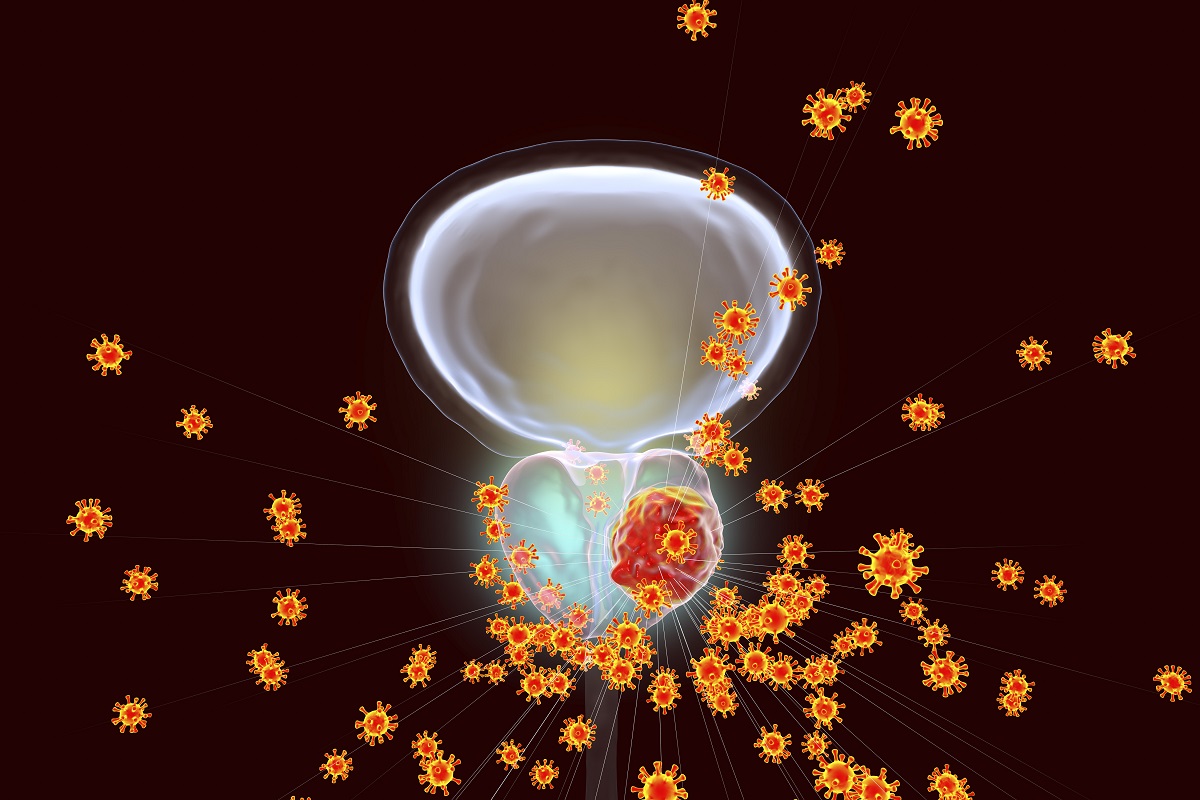KEY TAKEAWAYS
- The study aimed to compare selected AHOs after RP with age-similar men in the general population.
- Researchers found higher pad use and intercourse issues post-RP, emphasizing the need for pre-surgery counseling.
Radical prostatectomy (RP) is a common treatment for prostate cancer (PCa), but it can lead to adverse health outcomes (AHOs) such as urinary incontinence and erectile dysfunction. While these effects are known, there is limited data comparing their occurrence in patients with PCa who underwent RP with the general population.
Mona Nilsson and the team aimed to compare the prevalence of specific AHOs in patients with PCa who had RP with age-matched individuals from the general population.
The Cancer Registry of Norway (CRN) provided data on patients with PCa diagnosed in 2017-2019 and treated with RP, who completed the EPIC-26 and EORTC-QLQ-C30 questionnaires 24-48 months after surgery (n=1501). The CRN also established a group of Norms (n=1894).
The EPIC-26 outcomes were dichotomized into daily use of ≥1 pad (Item#3), quality of erections (Item#9), and related bother (Item#4a/#12). For the EORTC-QLQ-C30, the focus was on quality of life (QoL) (Item#30). Multivariable logistic regressions examined associations between selected covariates and outcomes.
The results showed a significantly higher prevalence of pad use (41% vs. 5%) and intercourse inability (84% vs. 48%) in the patients with PCa compared to the Norms 3 years after RP.
Among those reporting pad use, the level of bother was similar between the groups (24% vs. 25%). However, bother related to intercourse inability was more common in patients with PCa (52%) than Norms (35%). Importantly, bilateral nerve-sparing surgery (NSS) significantly reduced the risk of both pad use and intercourse inability. Despite the higher prevalence of AHOs, patients with PCa reported good/fair QoL.
The study demonstrated that men who undergo RP experience a higher prevalence of pad use and intercourse inability 3 years after surgery compared to the general population. The study highlighted the importance of bilateral NSS in reducing these AHOs.
Furthermore, it emphasized the need to discuss potential adverse health outcomes and their impact on QoL with patients before RP.
No funding information was given.
Source: https://www.clinical-genitourinary-cancer.com/article/S1558-7673(24)00189-7/abstract
Nilsson M, Aas K, Myklebust TÅ, et al. Adverse health outcomes three years after radical prostatectomy compared with men in the general population: a study from the Cancer Registry of Norway. Clin Genitourin Cancer. 2024;102219. doi:10.1016/j.clgc.2024.102219



